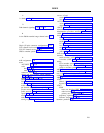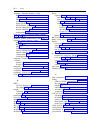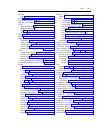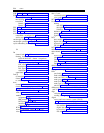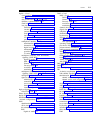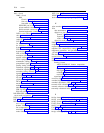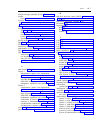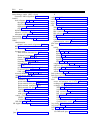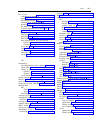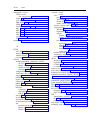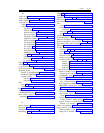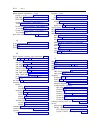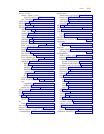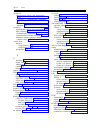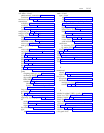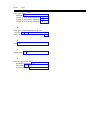
IN-12 INDEX
public network connections—
Contd
DACS to another system 2-8
DS1/DMI 2-6
ISDN-PRI 2-13
System 85 or Generic 2 ISDN-PRI to a
5ESS 2-15
System 85 R2V4, Generic 1, and Generic 2
to a 4ESS 2-13
System 85 R2V4, Generic 1, or Generic 2
to a DACS 2-15
pulse-code modulation (PCM) 1-8, 5-1
Q
Q recommendations 1-3
Q.921 1-3
Q.931 1-3
R
R2V4 alternate signaling type translations D-6
RBS 1-8, 1-14, 1-31, 2-5, 2-7
and CDM 2-10
and D4-channel banks 2-5
and DACS 2-8, 2-15
and DMI-BOS 7-109, 7-118
and DS1 facilities 7-58
and T1 facilities 7-10, 7-58
and VBR signaling differences 2-11
mode 1 data calls 7-9
on primary/secondary facilities 7-11
VBR 2-11
red alarm 8-5, 8-8
reference
facility
primary 5-24
secondary 5-24
frequency 2-15
AT&T 2-7, 5-28
Bell System 2-7
primary 5-23
secondary 5-23
selection rules
external 5-27
internal 5-19
references xxii
remote frame alarm (RFA) 8-9
repeater
line 3-3
repeater—
Contd
T1 3-5
test 3-3
restricted
channel C-17
definition 1-18
digital data 1-9, C-3
reverse-battery (E&M) signaling 2-6
RFA 8-9
RNX 1-27
robbed-bit signaling
B8ZS 2-7
D4 framing 2-5
DS1 1-14
DS1/DMI-BOS connection to D4-channel
bank 2-5
inband 1-31
VBR 2-11
voice-grade data calls 1-8
ZCS 2-5, 2-7
S
SAO 6-11
SAS
6-11
screening Intra-LATA calls 2-7, 2-14
SCS
6-3
SDN
CBC Service Selection 1-28
trunk group 1-29
secondary
D-channel 1-5, 1-9
facility 7-11, 7-59
reference facility 5-24
reference frequency 5-23
synchronization reference
blue alarm 8-10
Generic 1 5-11
Generic 2 5-7
Generic 2 assignment 7-61
System 75 5-11
System 85 5-7
System 85 assignment 7-12
selecting a timing source for the switch 5-18
service
acknowledge 8-2
/facility options
DS1 characteristics 7-115
System 75 R1V2 versus System 85 7-107



